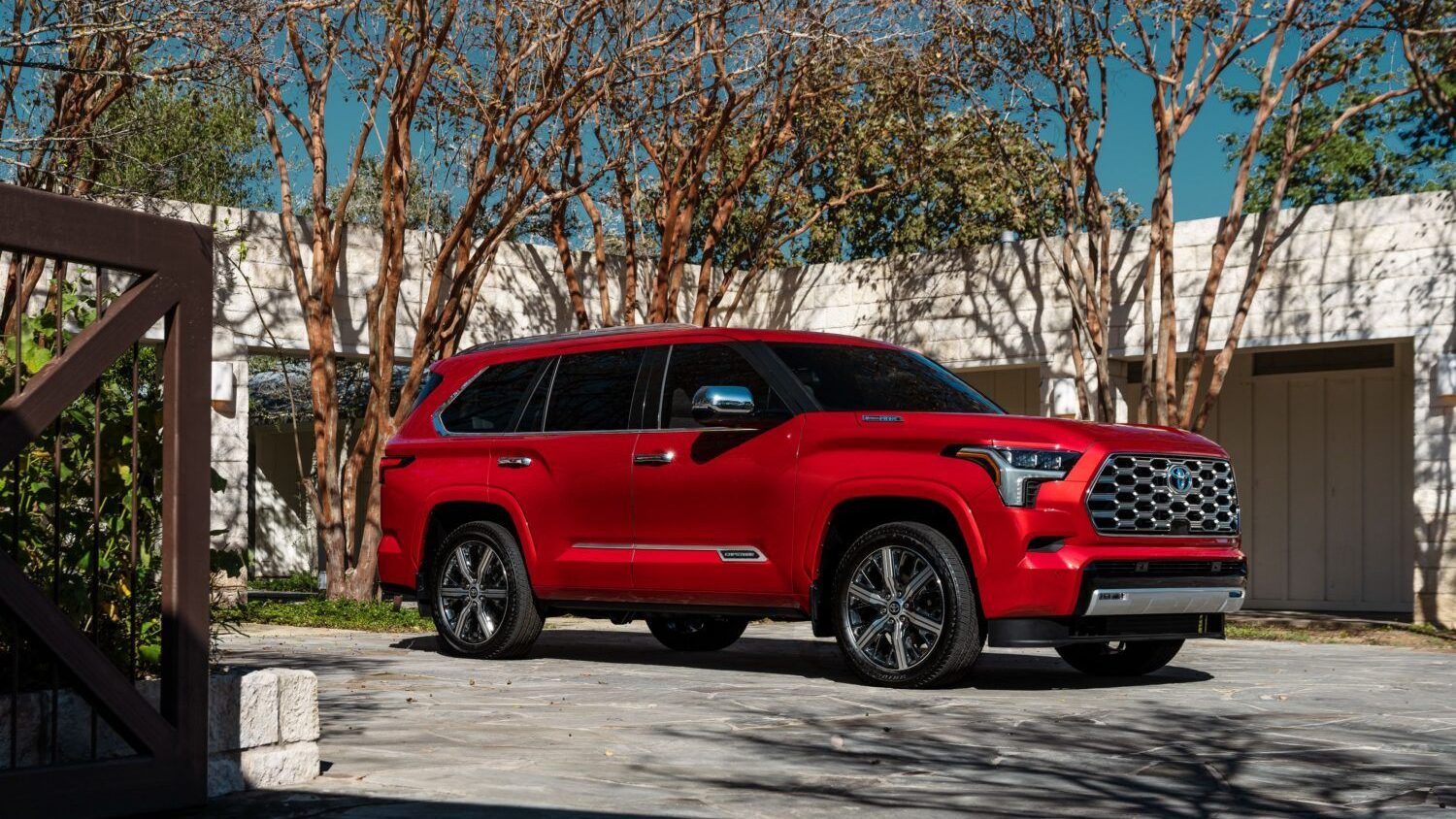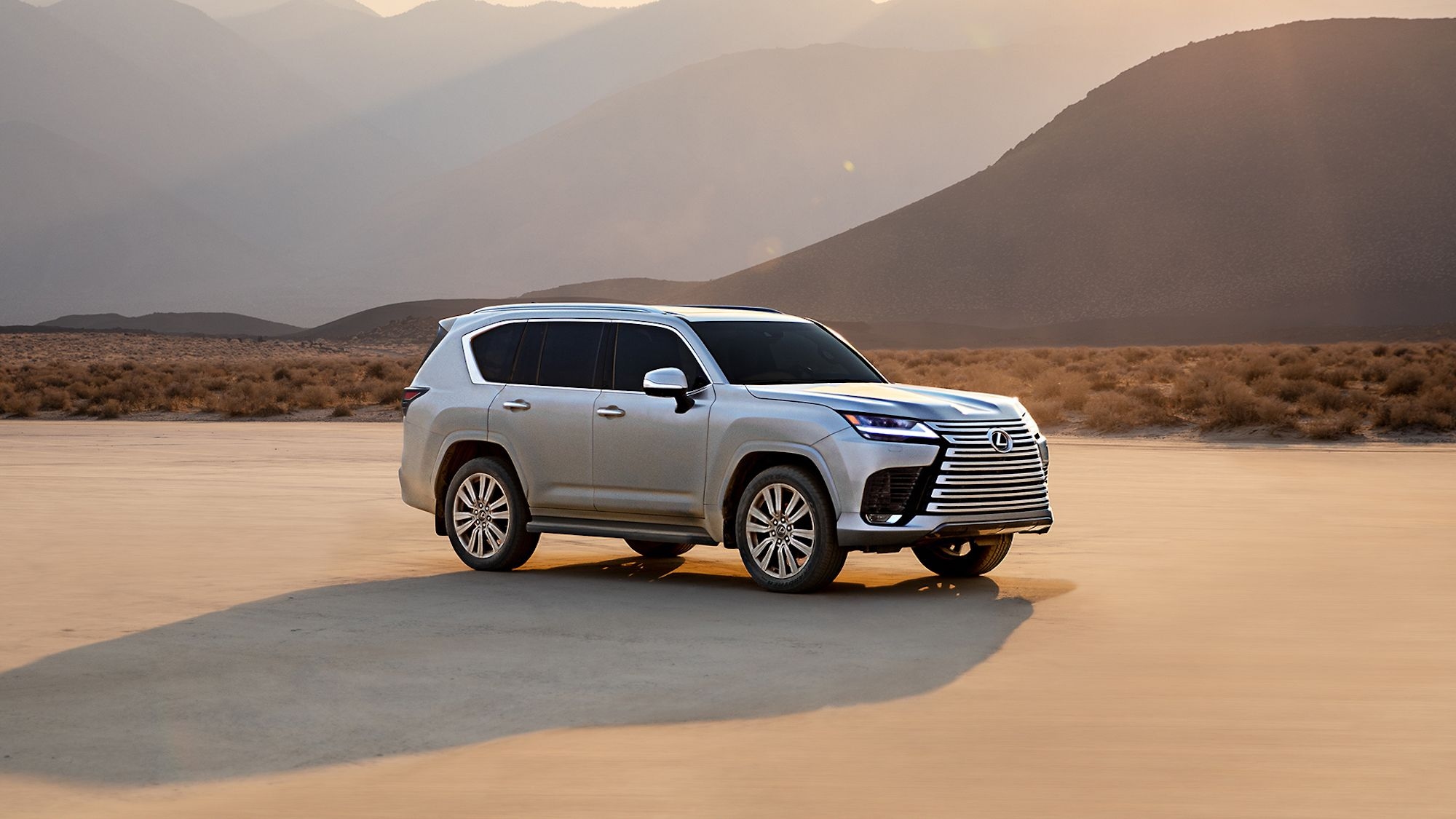The first export markets will be Latin America and the Middle East, with shipments scheduled to start in December. Sequoia exports to the Middle East are forecasted at approximately 15,000 units annually, while Sequoia exports to Latin America are projected at approximately 150 units annually. Tundra exports to Latin America are forecasted at approximately 1,000 units annually.
Fast-growing markets like the Middle-East, Russia and China, where fuel-hungry SUVs still sell in high numbers, could allow Toyota to ramp up production at one of its under-utilized U.S. factories. The Tundra is primarily built at the two-year-old San Antonio assembly plant while the Sequoia and a small number of Tundras are built in Princeton, Indiana.
North American sales for the Tundra pickup are down around 15% for July compared to the same period last year, but the Sequoia SUV has gone the opposite way and increased its sales by almost 33% from the same period last year. The mixed result has had little effect on boosting Toyota’s profits, which has seen a 98.9% drop for its North American operations this year.
The move to export vehicles from the U.S. is a relatively new one for Toyota, which usually imports cars and has done little in the way of exports from its North American operations. However, the falling value of the dollar and dwindling sales means this Toyota may have little choice in the near future.



